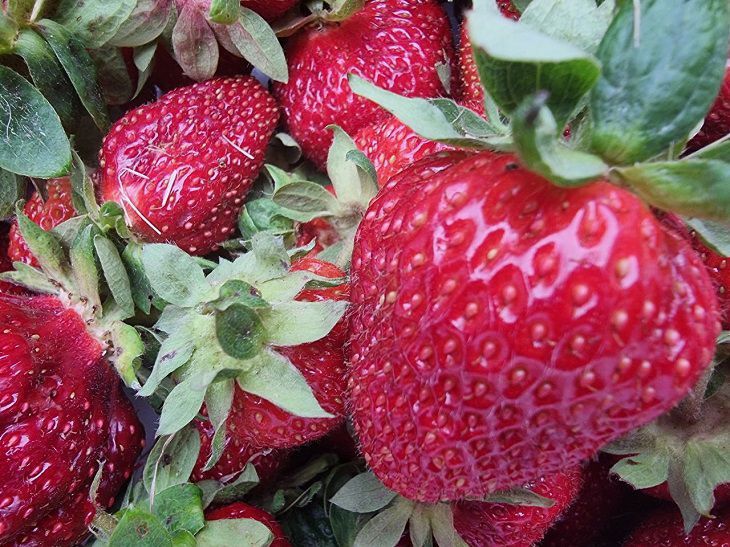Do this and the strawberries will overwhelm you with large, juicy berries.
Many summer residents enjoy growing strawberries on their plots.
How could it be otherwise, if the plant produces some of the juiciest, most delicious, most aromatic berries?
But sometimes the harvest turns out to be meager and tasteless. There may be a number of reasons for this.
Top dressing
As experienced gardeners say, in order to get a consistently good harvest on a regular basis, you should provide strawberries with proper care.
If we talk about feeding, the plant needs nitrogen (growth of leaves and stems).

Also necessary are phosphorus (increases the number and size of berries) and potassium (improves taste, makes berries juicier).
Experienced gardeners advise using organic and mineral fertilizers together with some folk remedies.
Mixture
You can make a mixture of compost/humus, wood ash and nitrogen fertilizers.
The first component enriches the soil with nutrients and improves its structure.
The second one supplies the plant with potassium and phosphorus, which has a positive effect on the taste of the berries.
Nitrogen-containing fertilizers, such as ammonium sulfate, stimulate the growth of green mass.
How to add
As for the proportions, we add 5-6 kilos of compost, 100 to 150 grams of ash and 20-30 grams of nitrogen fertilizer per square meter of strawberry bed.
We feed before the start of the growing season, in early spring.
We distribute the mixture evenly over the soil.
Carefully dig up the top layer of soil to ensure better absorption of fertilizers.
Watering
Then we water the bed – the fertilizer will dissolve faster and, accordingly, will reach the strawberry roots faster.
We water in the spring, especially during the flowering and berry formation period.
Remember: a lack of moisture in strawberries can result in a poor harvest with small and sour berries.
It is recommended to water once a week, but more often in drought. You need to check the soil - it should be moist.
